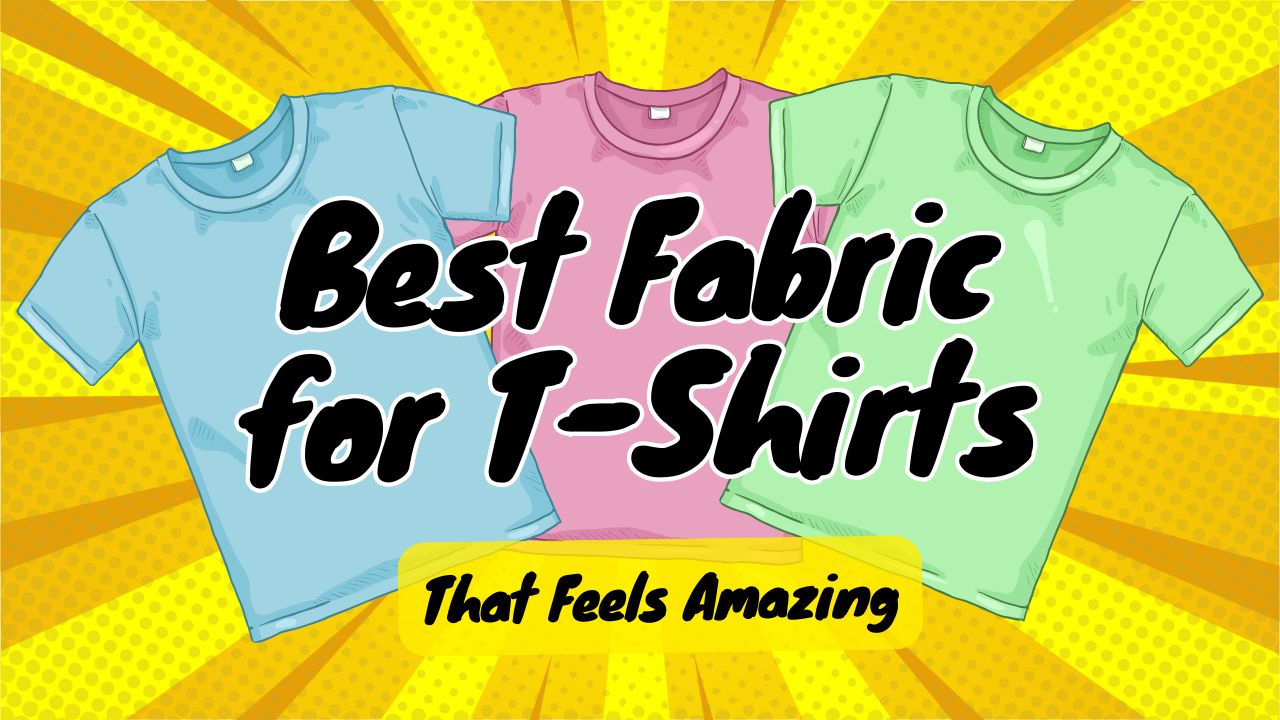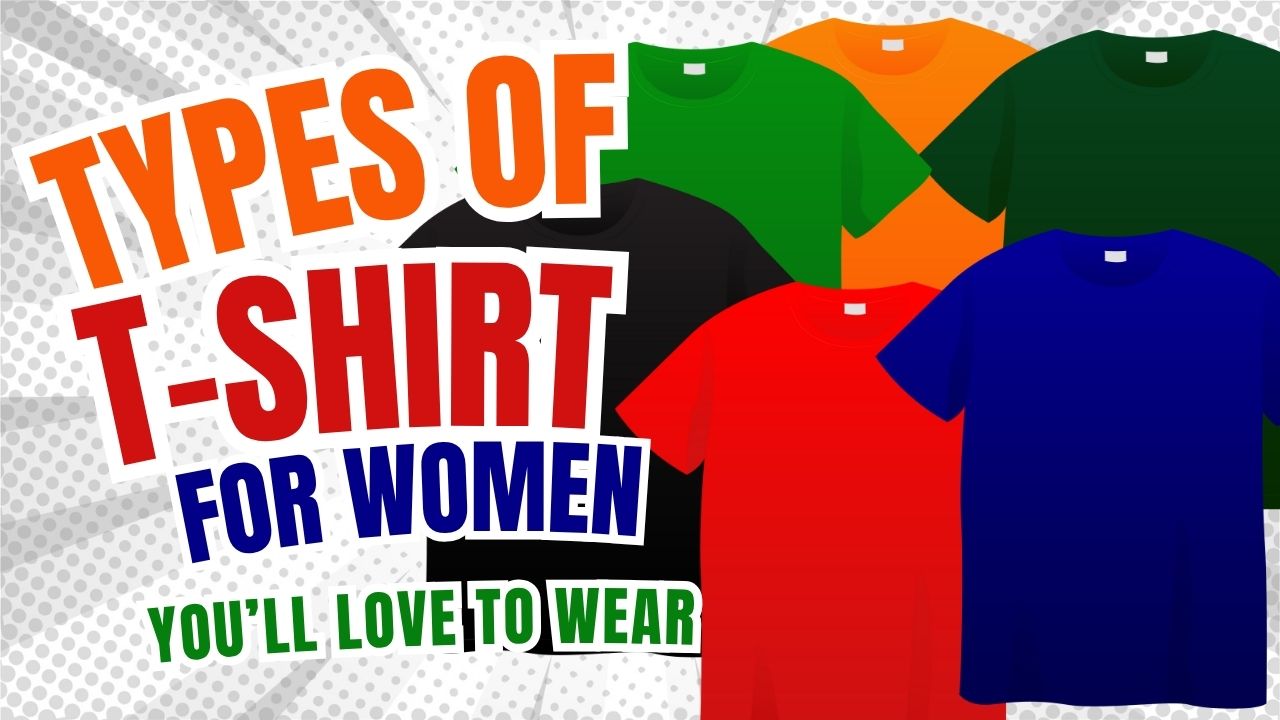you’ve probably seen them in hospitals, clinics, or even on your favorite medical drama — those simple, clean outfits doctors and nurses wear. They’re called scrubs, and they’re much more than just a uniform.
In the healthcare world, scrubs are essential clothing designed for safety, hygiene, and comfort. From surgeons in the operating room to lab technicians, caregivers, and even spa staff, scrubs serve as the go-to attire for anyone working in a clinical or care-related environment. But what makes scrubs special? And why have they evolved into one of the most function-focused garments in the apparel industry?
In this beginner-friendly guide, we’ll break down everything from what scrubs are, their purpose, different types, popular fabrics, and tips on choosing the right pair in 2025.
✅ Thinking of launching a scrubs brand? Check out our post on Discover Leading Clothing Manufacturers in Pak Today! for sourcing tips.
What Are Scrubs and Why Are They Used?
Definition & Common Uses
Scrubs represent a category of medical attire commonly used by healthcare workers in clinical, surgical, and caregiving environments. They usually consist of a short-sleeved shirt and drawstring pants, designed for practicality, comfort, and cleanliness during long hours of work. Originally intended for surgeons and operating room staff, scrubs are now standard attire for a much wider range of professionals.
You’ll see scrubs worn by nurses, doctors, surgeons, lab technicians, radiologists, dentists, and even pharmacists. Outside the hospital, workers in veterinary clinics, spas, and home care agencies also rely on scrubs for day-to-day tasks.
Whether it’s a hospital ward or outpatient clinic, scrubs are now synonymous with medical settings — offering comfort, clarity, and professionalism all in one.
Purpose of Wearing Scrubs
The primary role of scrubs goes far beyond appearance. Here’s why they’re so crucial in modern healthcare systems:
- Hygiene & Infection Control: Scrubs are made from washable, durable materials that reduce the spread of bacteria and bodily fluids. This helps limit hospital-based infections and cross-contamination.
- Safety: Designed with functionality in mind, scrubs allow ease of movement, quick removal, and access for medical procedures.
- Professional Identity: Different colors and styles help distinguish roles — doctors, nurses, and specialists can be identified easily.
- Uniformity: Scrubs eliminate confusion in fast-paced environments and ensure every worker meets standard dress codes.
🟦 Value Box
💡 Did You Know? Scrubs were first widely used in the 1940s but became the healthcare standard in the 1970s as hygiene awareness and surgical practices evolved.
History & Evolution of Scrubs
Early History
Before the term “scrubs” was coined, medical professionals in the early 20th century wore white aprons or lab coats over their regular clothes. This white attire symbolized cleanliness and purity, but it wasn’t practical. The lack of specialized garments made it difficult to maintain hygiene standards, especially in operating rooms.
As surgery became more common and complex in the 1940s, the medical field began to shift. Professionals realized that white clothing could reflect too much light under surgical lamps, causing eye strain and creating unnecessary distractions during critical procedures.
Introduction of Color (Green/Blue)
By the 1960s and 70s, scrubs transitioned into various shades — most commonly green or blue. These colors weren’t chosen just for aesthetics. Green and blue help reduce glare from bright lights in the OR and improve visibility of red tones (like blood), making it easier for surgeons to focus during long operations. Color-coded scrubs also began to differentiate between departments and roles within hospitals.
This update marked the beginning of scrubs as functional medical clothing, rather than just protective gear.
Modern Advancements
Today’s scrubs are a far cry from simple cloth outfits. Thanks to advances in textile technology, we now have scrub sets that feature antimicrobial fabrics, moisture-wicking properties, stretch materials, and wrinkle resistance. They’re engineered for comfort, mobility, and long shifts — combining fashion with function.
🔗 Just like how leggings evolved for activewear, check out TYPES OF LEGGINGS for modern functional fashion insights.
Types of Scrubs You’ll Find Today
As the demand for both function and fashion in healthcare has grown, the world of scrubs has expanded far beyond simple matching sets. Today’s professionals can choose from a wide variety of scrub types tailored to specific roles, settings, and even personal style. Here’s a breakdown of the most common scrubs you’ll encounter in hospitals, clinics, and beyond.
Basic Scrubs (Top & Bottom Sets)
This is the most standard and widely used version of scrubs. Typically made of cotton or polyester blends, these scrubs feature a loose-fitting V-neck top and drawstring or elastic pants. They’re affordable, easy to wash, and ideal for entry-level nurses, assistants, and staff.
Best For: General hospital staff, medical students, caregivers
Surgical Scrubs
Used primarily inside operating rooms, surgical scrubs are typically sterile, lightweight, and either disposable or designed for quick replacement. They’re color-coded (often green or blue) to help with visual contrast during surgery and are worn by surgeons, anesthesiologists, and OR nurses.
Best For: Surgeons, surgical techs, OR staff
Pediatric/Printed Scrubs
In pediatric wards or children’s clinics, colorful or animated printed scrubs help ease anxiety in young patients and create a more friendly environment. They may feature cartoon characters, patterns, or color themes related to children.
Best For: Pediatric nurses, child therapists, pediatric dentists
Antimicrobial or High-Tech Scrubs
Engineered for performance, these scrubs use moisture-wicking, stretchable, and odor-resistant fabrics. Many also include antimicrobial finishes that kill bacteria and help maintain freshness during long shifts.
Best For: High-activity roles, hospital staff, urgent care professionals
Fashionable or Custom Scrubs
Designed with modern professionals in mind, these scrubs blend tailored cuts, stretch panels, and designer styles. Some offer monogramming for branding or name personalization—a big plus for private clinics and boutique practices.
Best For: Private practices, dental clinics, modern healthcare startups
✅ CTA:
Planning to buy uniforms for your clinic or hospital staff? Learn how to source ethically-made apparel in our full guide — Discover Leading Clothing Manufacturers in Pak Today!
What Materials Are Used in Scrubs?

Choosing the right fabric for scrubs isn’t just about comfort—it directly impacts performance, durability, and hygiene in a medical setting. With healthcare professionals often clocking in long, intense shifts, the material their uniform is made from plays a huge role in day-to-day comfort and functionality.
Most Common Fabrics
Most basic scrubs are made from blended fabrics, each offering a different feel, level of breathability, stretch, and strength:
- Cotton: Known for its all-day softness and breathability, cotton scrubs are comfortable—but they may wrinkle easily and take longer to dry.
- Polyester: Durable and quick-drying, polyester scrubs resist wrinkles and shrinkage, though they may feel less breathable.
- Rayon: Smooth and lightweight, rayon adds a silky texture to scrubs. However, it can be more delicate during washing.
- Spandex (Elastane): Often blended in small amounts (2–5%), spandex brings stretch and flexibility—ideal for roles requiring lots of movement.
➤ Reality Check: Most modern scrubs today are blends—for example, poly-cotton-spandex—to balance comfort, durability, and cost.
Moisture-Wicking & Anti-Bacterial Blends
With the demand for performance wear in healthcare on the rise, many brands now use technical fabrics that wick away sweat, resist odors, and fight bacteria. These advanced materials use:
- Antimicrobial coatings
- Eco-friendly recycled fibers
- Wrinkle-free & stain-resistant finishes
Such fabrics keep professionals feeling fresh and confident throughout long shifts—a true game-changer in high-stress environments.
🔗 Want featherlight comfort? Our blog on Discover the Lightest Fabrics for All-Day Comfort is a must-read before choosing any workwear.
✅ Fabric Comparison Table:
| Fabric Type | Key Features | Best For |
|---|---|---|
| Cotton | Soft, breathable but wrinkles easily | Clinics, pediatric settings |
| Polyester | Durable, resists shrinking & wrinkles | High-turnover hospital environments |
| Rayon | Lightweight, soft texture | Dental or outpatient clinics |
| Spandex Blends | Flexible, great for movement-heavy roles | Physical therapists, OR nurses |
| Antimicrobial Fabric | Odor-free, hygienic, sweat-wicking | Emergency care, long shifts |
Who Wears Scrubs? (It’s Not Just for Doctors!)
When you think of scrubs, the first image that likely comes to mind is a doctor or nurse walking down a hospital hallway. But in reality, scrubs are worn by a much broader range of professionals—both inside and outside traditional healthcare.
Primary Healthcare Roles
Scrubs are standard attire for various key healthcare workers due to their functionality, comfort, and hygiene benefits. These include:
- Doctors – especially in clinical and surgical environments
- Nurses – across general, pediatric, surgical, and intensive care units
- Paramedics and EMTs – for quick-response emergencies and fieldwork
- Lab Technicians – for handling samples and operating in sterile zones
In these roles, the use of scrubs not only supports infection control but also helps differentiate between departments through color-coded uniforms.
Extended Professionals
Beyond hospitals, many other professionals rely on scrubs for their day-to-day routines:
- Dentists and Dental Hygienists – often wear dental scrubs for easy movement and sanitation
- Physical Therapists & Occupational Therapists – require stretchable, breathable scrubs to assist patients comfortably
- Home Caregivers & CNAs – choose durable caregiver clothing that’s easy to wash and long-lasting
- Spa & Wellness Staff – in massages, facials, and treatments, scrubs offer a professional, hygienic look
The rise in multi-purpose scrub designs means these garments are no longer confined to hospitals—they’ve become the universal dress code for many caring professions.
👁️ Related terms you might encounter: physical therapist uniforms, caregiver scrubs, dental scrub sets — all pointing to the evolving world of professional functional wear.
How to Wash and Maintain Your Scrubs for Long-Term Use
Keeping your scrubs clean isn’t just about looking tidy—it’s a matter of health and hygiene. Since scrubs come into contact with all kinds of contaminants in medical and caregiving environments, proper washing and maintenance ensure they last longer and stay safe to wear.
Daily Washing Routine
Always wash your scrubs in warm water using a quality detergent that’s tough on stains but gentle on fabric. Turn them inside out before washing to preserve the color and reduce wear and tear. If your job involves heavy-duty exposure (like surgery or emergency care), washing your scrubs after every shift is a must.
Disinfection Tips
During flu season or after exposure to infections, add a bit of white vinegar or a medical-grade disinfectant to your wash cycle. Some healthcare workers also choose to pre-soak scrubs in a disinfectant solution before machine washing, especially in high-risk environments.
What to Avoid
- Bleach: While effective, it can break down fabric fibers over time.
- High heat drying: Leads to shrinkage and weakens elastic waistbands.
- Poor-quality blends: They lose shape and color faster, no matter how well you clean them.
📦 Quick Tip Box
💡 Store your scrubs separately from your everyday clothes — cross-contamination is real, and you don’t want hospital germs on your home wardrobe.
Scrubs vs Other Medical Clothing: What’s the Difference?
While scrubs are a staple in most healthcare settings, they’re not the only medical garments in use. Understanding the difference between scrubs, gowns, and lab coats helps clarify each item’s purpose, especially in clinical environments where hygiene and functionality are critical.
Scrubs vs Gowns
Scrubs are everyday professional wear designed for comfort, mobility, and general cleanliness. They are worn by healthcare staff throughout their shift.
Gowns, on the other hand, are single-use or sterilized garments typically worn over scrubs during surgeries or procedures involving infection control, blood exposure, or sterile environments. They provide full-body protection, including arms and sometimes even gloves and masks.
Scrubs vs Lab Coats
A lab coat is a long, white coat often worn over regular clothing or scrubs. While it symbolizes medical authority, its primary use is protection against spills and contamination in labs or outpatient settings. Unlike scrubs, lab coats are not designed for intensive or surgical work and are usually not worn in operating rooms.
📊 Quick Comparison Chart:
| Clothing Item | Purpose | Worn Over | Reusable? |
|---|---|---|---|
| Scrubs | Daily wear, hygiene, mobility | Skin/undergarments | Yes |
| Gowns | Sterile procedures, protection | Scrubs | Disposable or sterilized |
| Lab Coats | Light protection, identification | Scrubs/Clothes | Yes |
Pro Tips for Buying the Right Scrubs: Comfort Meets Function
Whether you’re a seasoned healthcare pro or just stepping into the industry, choosing the right pair of scrubs can make all the difference in your daily routine. The best scrubs aren’t just about how they look—they need to support long hours, high activity, and demanding environments.
Find Your Fit
The right fit can boost confidence and mobility.
- Relaxed-fit scrubs offer better airflow and are perfect for long shifts.
- Fitted scrubs deliver a cleaner, more professional appearance—especially in private settings.
Also, pay attention to necklines (V-neck vs mock neck), as they influence both function and style.
Functionality Matters
Look for scrubs with multiple pockets, especially if you’re on the go. Hidden zip pockets, badge loops, and utility loops are bonuses.
Prefer lightweight fabrics for breathability or spandex blends for flexibility. Cotton-rich scrubs work well in mild climates, while padded/sturdy materials suit high-contact roles.
Unisex vs Gender-Specific
Unisex scrubs are budget-friendly but may lack tailored comfort.
Gender-specific cuts typically ensure better fit and flexibility—especially around the shoulders, chest, and hips.
Pro Tip: Buy in Bulk
Hospitals, clinics, and nursing schools benefit from bulk ordering discounts. Ensure the supplier offers consistent sizing and color matching across batches.
FAQs About Scrubs
Scrubs may seem like a simple uniform, but there’s more to them than just wearing a top and pants. Here are answers to some of the most frequently asked questions about scrubs—from fit and fashion to functionality and rules.
Are all scrubs the same size?
Not at all. While many scrubs come in standard S–XXL ranges, sizing can vary between brands and cuts. Always check the size chart before buying, especially if you’re ordering online or in bulk. Some brands offer tall or petite fit options to cater to different body types.
Can you wear scrubs outside the hospital?
Although convenient, wearing scrubs outside the medical setting isn’t recommended—especially if they’ve been worn during a shift. Doing so can spread germs and contaminants. If you’re commuting, it’s best to carry a clean pair to change into once you’re off duty.
Do colors mean anything in scrubs?
Yes. While not universal, many hospitals and clinics use color-coded scrubs to identify different departments or roles. For example, blue for surgical staff, green for nurses, and maroon for specialists. Always check institutional guidelines to ensure you’re in compliance.
Are printed scrubs still in trend?
Absolutely! Printed scrubs are especially popular in pediatric departments, dental clinics, and wellness centers. They make environments feel more friendly and less clinical—plus, they allow professionals a touch of personality and fun in their attire.
Can I wear scrubs even if I’m not medical staff?
Yes, depending on your role. Many spa workers, massage therapists, and home caregivers wear scrubs for hygiene and comfort. That said, if you’re not in a care-related job, wearing scrubs casually might cause confusion or appear inappropriate in some settings.
Final Thoughts: Why Scrubs Are More Than Just Uniforms
Scrubs are no longer just standard-issue uniforms thrown on before a shift—they’ve become a critical part of modern healthcare culture. They represent a commitment to hygiene, offer comfort during long and demanding work hours, and help define a healthcare professional’s role and identity within a clinical setting.
As medical wear continues to evolve, the focus on form, function, and fabric has never been greater. From antimicrobial finishes to fashion-forward fits, scrubs today are made to perform—just like the people who wear them.
Whether you’re choosing a pair for your first shift, outfitting a team, or planning your own line of medical wear, always prioritize quality, fit, and purpose. Scrubs are more than garments—they’re symbols of trust, care, and professionalism.







Leave a Comment
Your email address will not be published. Required fields are marked *